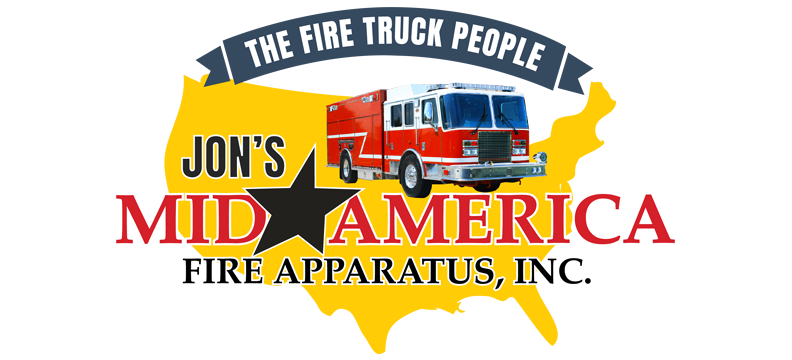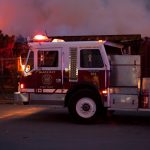Deciding which emergency vehicle lights are best for your fire truck may be something you haven’t ever considered before. You know that your lighting should be visible, bright, and durable, but which types of fire truck lights do that best? Don’t worry- we’ll go over the pros and cons for the most popular types of fire truck lights for your emergency vehicle and determine which would be best for your department.
Halogen emergency vehicle lights
Halogen bulbs are the closest thing to a traditional light bulb. They work by using halogen gas to ignite a filament, which lights up the bulb. They are the oldest bulb of the three and have been used in emergency vehicles the longest.
Pros:
- Halogen bulbs are most often the cheapest form of lighting in terms of raw materials, offering a cost-effective lighting solution.
- Halogen bulbs also produce a warm, familiar light that is bright without being blinding. These bulbs do not produce a glare for others, making it safer by not limiting the vision of fellow drivers on the road.
Cons:
- The biggest energy draw of all of these forms of lighting is from the halogen bulb, pulling the most energy from the vehicle itself. The bulbs are not energy efficient, as about 95% of their energy is wasted in producing light.
- The lifespan of halogen bulbs is the shortest as well. Due to the fragile state of the filament, it can blow out in as few as 1,000 hours. The bulb itself is fragile and can be broken easily.
Emergency vehicle strobe lights
Strobe lights are flash tubes that are filled with the gas xenon and require a power source to work, usually a capacitor. When the xenon is ionized by the electric components in the tube, it produces a plasma that is seen as a bright flash.
Pros:
- Strobe lights have the benefit of being very bright and can be seen from a good distance away. This makes drives safer for your emergency vehicle and gives other vehicles plenty of notice to get out of the way.
- Strobe lights are less expensive than LEDs, and the tubes themselves have a life of about six months. The power source itself has a life of about two years, lasting even longer.
Cons:
- These lights are equally as bad in terms of energy draw. The intense heat caused by strobe lights has been known to melt parts of vehicles in some cases.
- Seizures can be triggered by strobe lights for those who are epileptic. The International Association of Fire Fighters’ Best Practices report shows research that advises not to use strobe lights for this reason, along with the eye strain and distraction experienced by those who are around these lights.
LED emergency vehicle lights
LEDs are light emitting diodes that work with driver electronics to produce a bright light. LED light comes in a variety of colors and is by far the most popular light used in emergency vehicles.
Pros:
- These emergency vehicle lights are by far the most energy efficient of the bunch and have a minimal energy draw on the emergency vehicle itself
- LEDs have the longest lifespan of any of the other lights, typically lasting more than 70,000 hours at a time.
- LEDs are also exceptionally rugged. Where strobe tubes or halogen bulbs can be easily shattered, LEDs are more likely to withstand the elements.
- The light given off by LEDs is far more bright and clear than other lights, offering absolutely no glare to other vehicles.
Cons:
- There is a minor safety hazard if you live in a colder area, as LEDs do not get hot enough to melt snow. This means that ice or snow accumulation will have to be cleared on your own.
- Initially, LEDs are more expensive. However, when considering the cost of replacing other lights more frequently and the costs associated with energy consumption, LED lights are actually far cheaper in the long term.
Ultimately, the benefits of LEDs outweigh any risk. Especially since most emergency vehicles are transitioning to LED, it would benefit your department to adapt sooner rather than later. If you’re looking for an energy-efficient, long-lasting solution to your emergency vehicle, look no further than LED lights.



